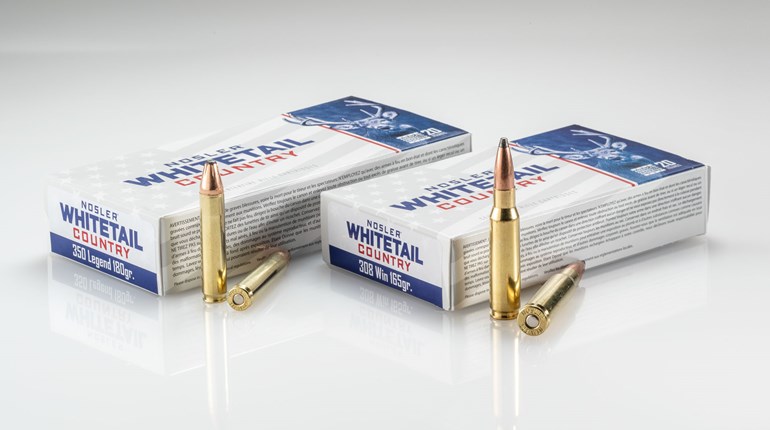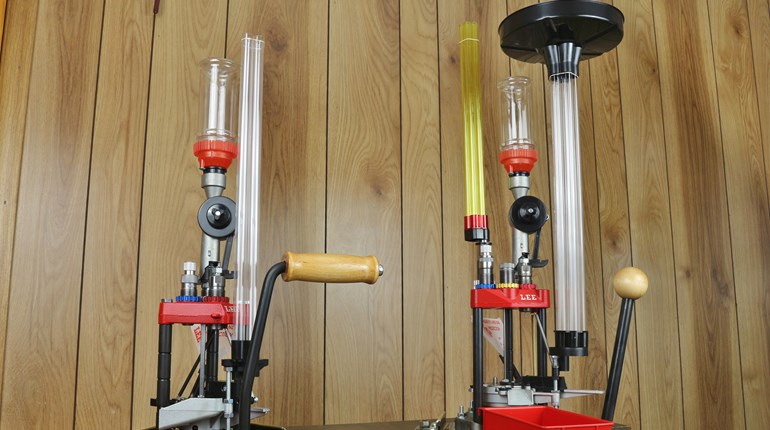
Somewhere along the line, the mainstream media (together with the ignorant) branded shotguns as a cure-all capable of everything and anything you could ever expect, instantly, with little to no training. The truth is that, while versatile, the shotgun is no more than a simple tool that serves many, but not all, purposes. As millions of Americans have purchased a scattergun within the past two years, it’s important to share a few words of advice to help dispel myths that you might have heard at the gun counter, sportsman’s club, public range or anywhere else those dedicated to spreading ignorance tend to congregate.
“The pump-action sound alone will scare ‘em off.”
Well, I can’t speak for all criminals, but it’s very frequently the case that they don’t scare very easily, especially if they are under the influence of drugs or alcohol. Post-arrest interviews with these types reveal that they didn’t consider much beyond getting whatever it was they were after. Defensive experts have mixed opinions about declaring that you are armed—which is what you’re doing by working the action of a pump gun for the sole purpose of being heard. Furthermore, there are few of thought that sees a tactical advantage to blindly giving away your position to a potential attacker. My recommendation? If you want a noise-based deterrent, get a dog.
“The pattern (spread) is so big that aiming is a cinch.”
This one makes the hair on the back of my neck stand up. In the realm of firearms, there are few valid blanket statements. For starters, every individual shell will produce its own unique pattern. Couple that with different barrel lengths and choke tubes, and the size of the spread will be a mystery until you pattern it. I recommend every shotgun owner pattern whichever load they plan on using for emergencies. In my testing, the biggest pattern I’ve found only measured 10 inches or less in diameter within distances of 10 yards, and that was from an 18.5” cylinder bore barrel. So yes, you do need to aim, and you had better do your best to center that pattern because whatever doesn’t stop inside of the threat will may become a problem. This brings us to number three:
“Shotshells won’t penetrate walls.”
This is another dangerous piece of advice and could not be any more wrong. First, back to blanket statements: Are we talking birdshot? Buckshot? Slugs? Two feet? Forty-five feet? Brick and mortar? Drywall? Paneling? You get the picture.
In my testing, I was able to get even lightweight #8 birdshot through two layers of drywall, just so long as I was close enough to it. On the same day, I was able to put #4 through both sides of a standard interior wall from 7 yards away, and a slug straight through a 2x4 stud from the same distance. Owning a shotgun doesn’t mean you are exempt from being responsible. Understand the risks, and regardless of ammo selection, know which directions are safe to fire towards and more importantly, which ones aren’t.
“Shotguns can’t jam.”
Believe it or not, shotguns can indeed jam and they do so rather often. Gas-operated guns require frequent cleaning intervals to stay mechanically sound, as they are some of the dirtiest birds of the flock. While inertia-driven semi-autos run cleaner, they need your shoulder to be there to recoil against. Therefore, if you fire from an unorthodox position (like during an attack) you might have to deal with a stovepipe or even a complete failure to cycle.
Well, just get a pump-action then, right? Sure, as long as you don’t short-stroke it under stress, leaving you with a gun that is either out of battery or has an empty chamber because you didn’t run the forend through its complete stroke. Also, don’t forget that the feeding system on these guns is gravity-dependent, so if you don’t have them relatively upright and level, there is a good chance that you can run into an issue that way too. Lastly, there isn’t any sort of camming action in a pump action's bolt. This means that there is zero mechanical assistance in ripping a swollen fired case out of the chamber—it's up to you and your muscles.
“They hold enough ammo, so you won’t need to reload.”
“If you can’t hit what you’re aiming at with five rounds, you shouldn’t have been in there in the first place ha, ha, ha!” If that was uttered to you across the gun counter, you might want to seek another source of advice. The truth is, shooting under stress is tough. Go ahead and bring a timer to the range with you someday and play beat the clock. You’ll be mortified by how many shots you miss.
By design, shotguns are low-capacity firearms and that could be to your detriment. Even if your state has capacity restrictions on rifle and pistol magazines, an average shotgun still only holds about half the ammunition of these firearms.
Shotguns are terrific tools for hunting, home defense and target shooting … but as you can see, shotguns are not “magic wands” for any of those purposes. They’re one choice among many. No matter which firearm you choose for your purpose, there is no substitute for training and practice. Find an NRA-certified instructor here!







































